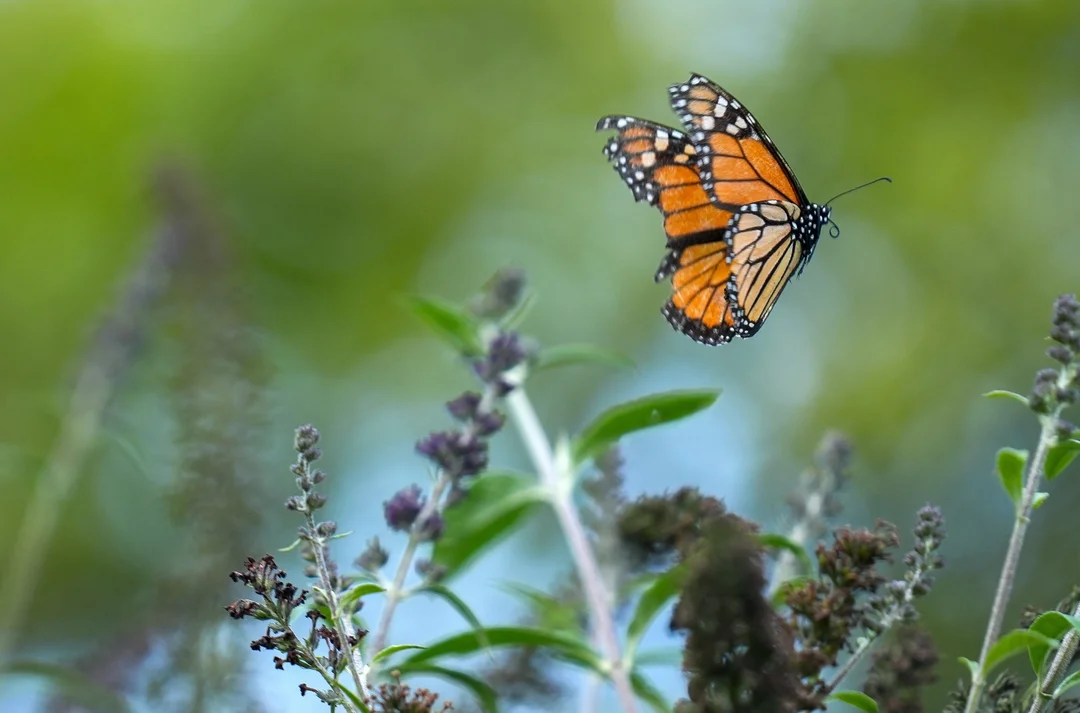
The Uncertain Fate of Monarch Butterflies: Conservation in Crisis
In late 2021, I stood in a forest about two hours from Mexico City, watching a vibrant river of butterflies flutter above me. They were monarchs—the iconic orange and black butterflies migrating from the US to this sanctuary in Mexico for the cold winter months. These extraordinary creatures undertake a journey spanning over 2,000 miles, pollinating various plants along the way. Yet, even amid their seemingly abundant presence, the future of these beloved butterflies hangs in the balance, as recent assessments show a significant decline in their populations.
Each winter, scientists assess monarch populations by measuring the area they occupy in the forest in Mexico and counting butterflies in coastal California, where those west of the Rockies spend winter. Alarmingly, the area occupied by monarchs in Mexico has plummeted from an average of 21 acres in the earlier years of monitoring to a mere 4.4 acres last winter. This staggering loss is attributed to habitat destruction, pesticide use, and climate change, leading to a broader collapse of butterfly populations across the United States.

In an effort to protect these vital pollinators, the Biden administration proposed granting monarch butterflies protection under the Endangered Species Act (ESA). This proposed listing would make it illegal to harm or kill monarchs and requires federal agencies to consider the butterflies in their actions. Advocates have long urged for such protections, but with the Trump administration's return to power, the fate of these proposals is uncertain.
As Donald Trump re-enters the scene, there are concerns that wildlife protections will be further weakened. Reports reveal that his administration is looking to scale back the ESA, and the fate of monarchs is in limbo, pending final decisions on their status. This situation poses a complex dilemma; while many recognize the importance of conserving monarchs, there is fear that such efforts could be painted as detrimental to economic growth and industry.
Conservationists like Karen Oberhauser, a leading expert on monarchs, express hope amidst the challenges. Community involvement is crucial—individuals can support monarch populations by planting native milkweed and wildflowers, which are essential for their survival. Wendy Caldwell of the Monarch Joint Venture emphasizes this point: "If we don’t have milkweed, we won’t have monarchs." By engaging in simple actions, everyone can contribute to the conservation of these beautiful butterflies.

In conclusion, while the uncertainty surrounding the legal protection of monarch butterflies is concerning, there remains a strong reservoir of support for their conservation. The future of these butterflies may well depend on public passion and proactive efforts to restore their habitats. What role will you play in ensuring their survival? Join the conversation in the comments below and share your thoughts.